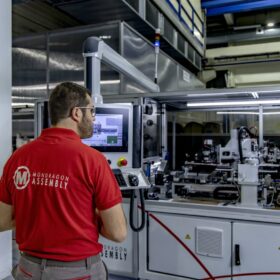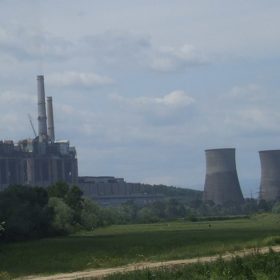Solar leading Baltic states to energy security
In recent years, the Baltic countries have experienced a solar generation boom as the region seeks to kill two birds with one stone. These nations aim to break away from years-long energy dependence on Russia amid growing security concerns while also continuing to prioritize the green energy transition.
European consortium targets end-of-life PV panel silicon recycling
A European consortium of 11 commercial and non-profit organizations is developing several technologies to make use of end-of-life PV panels by either re-deploying them or by recovering and reprocessing the silicon.
Rolls-Royce to supply 160 MWh of battery storage to Latvian grid operator
The two grid-scale battery energy storage systems will be connected in autumn 2025, aiding Latvia’s synchronization with the continental European power grid.
Solar could be crowned ‘king’ of Latvia’s energy market
Latvia recorded 54 MW of installed solar capacity at the end of last year, according to International Renewable Energy Agency (IRENA) statistics. This is “miserable” compared to the country’s Baltic siblings, one energy expert tells pv magazine. But if Latvia lands the right utility-scale opportunities, solar could be one of its renewable energy stars.
Latvia to host 400 MW solar plant
A Latvian developer is building a large-scale PV facility near the Russian border. The plant will provide some of the electricity that the Baltic country will no longer receive from Russia, following the planned desynchronization of the two energy systems in 2025.
Latvia to host 100 MW of unsubsidized solar
Vilnius-based Green Genius has revealed that it will build an unsubsidized PV installation in Jekabpils, Latvia. Upon completion, the 100 MW project will be the country’s largest solar installation to date.
Hybrid solar-wind project moves forward in Latvia
Lithuanian energy company Ignitis has purchased a 200 MW hybrid solar-wind project in Latvia. The installation is in the early stages of development, with construction scheduled to begin in 2025.
EU energy fund to commit $514 million for solar projects at Romanian mining waste sites
Panels will be installed at waste sites in five mining towns as part of the latest, €2.4 billion ($2.57 million) round of investment from a fund set up to help coal-dependent European member states with the energy transition.
Solar the fastest growing European clean power source
The latest numbers released by EU data body Eurostat indicate renewables, including hydropower, contributed 37% of Europe’s gross electricity consumption in 2020, up from 34% a year earlier.
Latvian plan to exempt big energy consumers from renewables surcharge approved by EU
The Baltic state has offered energy-intensive, international-facing industries up to an 85% discount on a surcharge levied on electricity consumers since May 2017 and made the scheme wider ranging this year, in a move approved by the European Commission.









